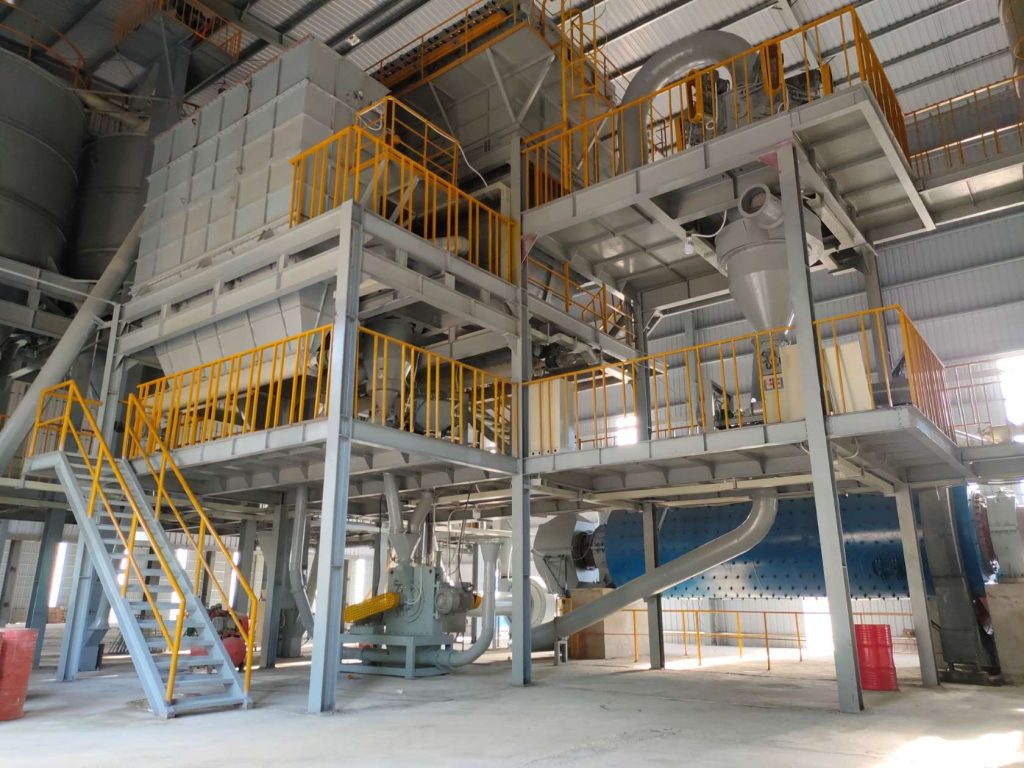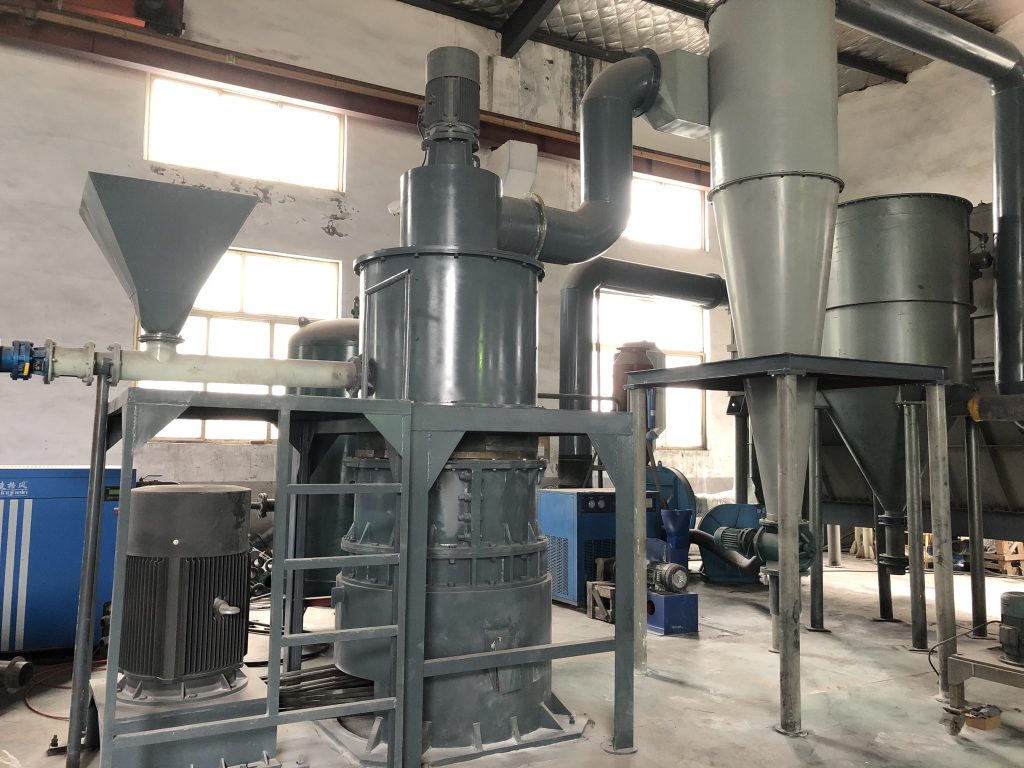Calcium powder residue content greatly affects PVC (polyvinyl chloride) products. It impacts their mechanical properties and overall quality. Calcium carbonate is a common PVC filler. It is key to their properties.
Impact on the appearance of PVC products
Excessive calcium powder residue may cause the gloss of PVC products to decrease, and the color to be dark and uneven. Large particles or irregular calcium powder flakes in the residue form bumps or dents on the surface of PVC products. This affects their appearance quality.
Impact on the physical properties of PVC products
1. Hardness and heat resistance:
Calcium powder can improve the hardness and heat resistance of PVC products. But, too much screen residue can make them hard and brittle. It will also reduce their toughness and impact resistance. The large particles of calcium powder in the screen residue form stress points in the PVC. This makes the products prone to cracking or breaking under external force.
2. Density:
Calcium powder screen residues may cause uneven density in PVC products. This could affect their performance. Uneven density may cause products to deform or break when subjected to force.
Impact on PVC processing
1. Fluidity:
Calcium powder residue may affect the flow of PVC melt. It may make it harder to control the processing temperature. Excess residue may increase the PVC melt’s viscosity and decrease its fluidity. This can hurt processing efficiency and product quality.
2. Processing stability:
The large particles of calcium powder in the residue may not be tightly bonded with the PVC resin. They may fall off or form voids during processing. This could affect the product’s integrity and stability.
Impact on the cost of PVC products
Calcium powder is cheap. But, excessive screen residues may raise the scrap rate of PVC products, increasing production costs. So, we must control the calcium powder and screen residue levels in production. This will cut costs and improve quality.
Optimal Calcium Powder Content
Determining the optimal calcium powder content is crucial for achieving desired performance characteristics:
Typical Ratios: For PVC pipes, add calcium carbonate at 10 to 100 phr, depending on the application. For example, water supply pipes may contain 10-20 phr, while drainage pipes can contain up to 100 phr.
Performance Trade-offs: Higher calcium carbonate content can improve rigidity and cost. But, it may reduce impact resistance and durability if not managed. Manufacturers must balance specific product needs with quality.
Controlling excess screen residue can be considered from the grinding equipment
When choosing equipment, consider the desired particle size, capacity, and application. This will ensure optimal performance in your calcium carbonate grinding operations.
Ball Mill:

Description: A common grinding machine. It works by rotating a cylinder filled with grinding media, like steel or ceramic balls. This method allows for both wet and dry grinding.
Advantages: It can produce fine calcium carbonate powders with 20-200 mesh sizes. It has high throughput. It is suitable for large-scale production due to its efficiency and capacity.
Raymond Mill:
This mill has a vertical design. It is for grinding calcium carbonate into a fine powder.
Advantages: It makes powders with a fineness of 80 to 600 mesh. This is ideal for various industrial uses. Its compact design also saves space in processing plants.
HGM Ultrafine Mill:
Description: An advanced mill that uses high-pressure springs to boost grinding. It’s for making ultra-fine calcium carbonate powders.
Advantages: It can make powders with a fineness of 800 to 2500 mesh. It is especially good for uses that need very fine particles.

This mill has multiple grinding rollers. They exert pressure on the material. This allows for efficient grinding in a compact, vertical design.
Advantages: It grinds efficiently. It’s ideal for large operations. It gives a uniform particle size and stable product quality.
In conclusion, the residue in calcium powder affects PVC products. It harms both their processing and performance. It has benefits: increased rigidity, lower costs, and better stability. But, avoid using too much. It could harm mechanical integrity and processing efficiency.
